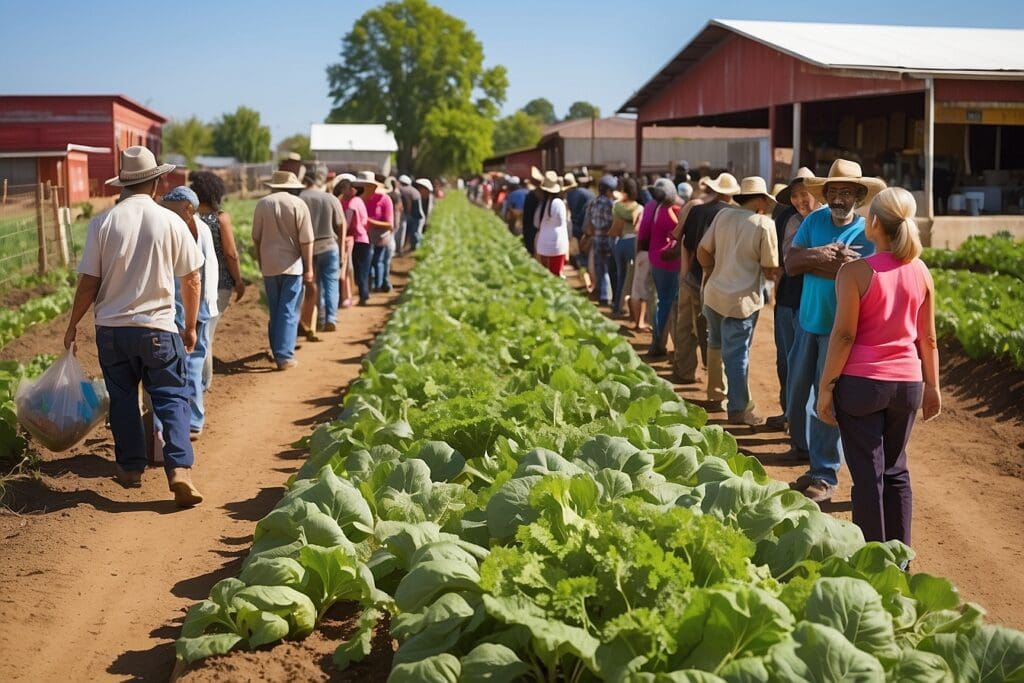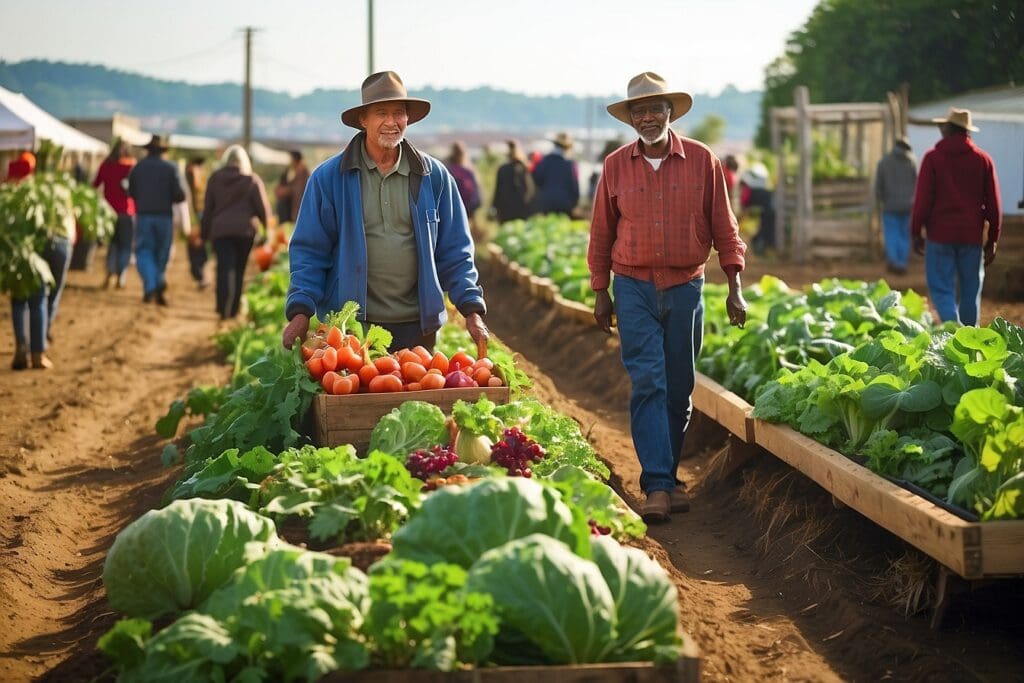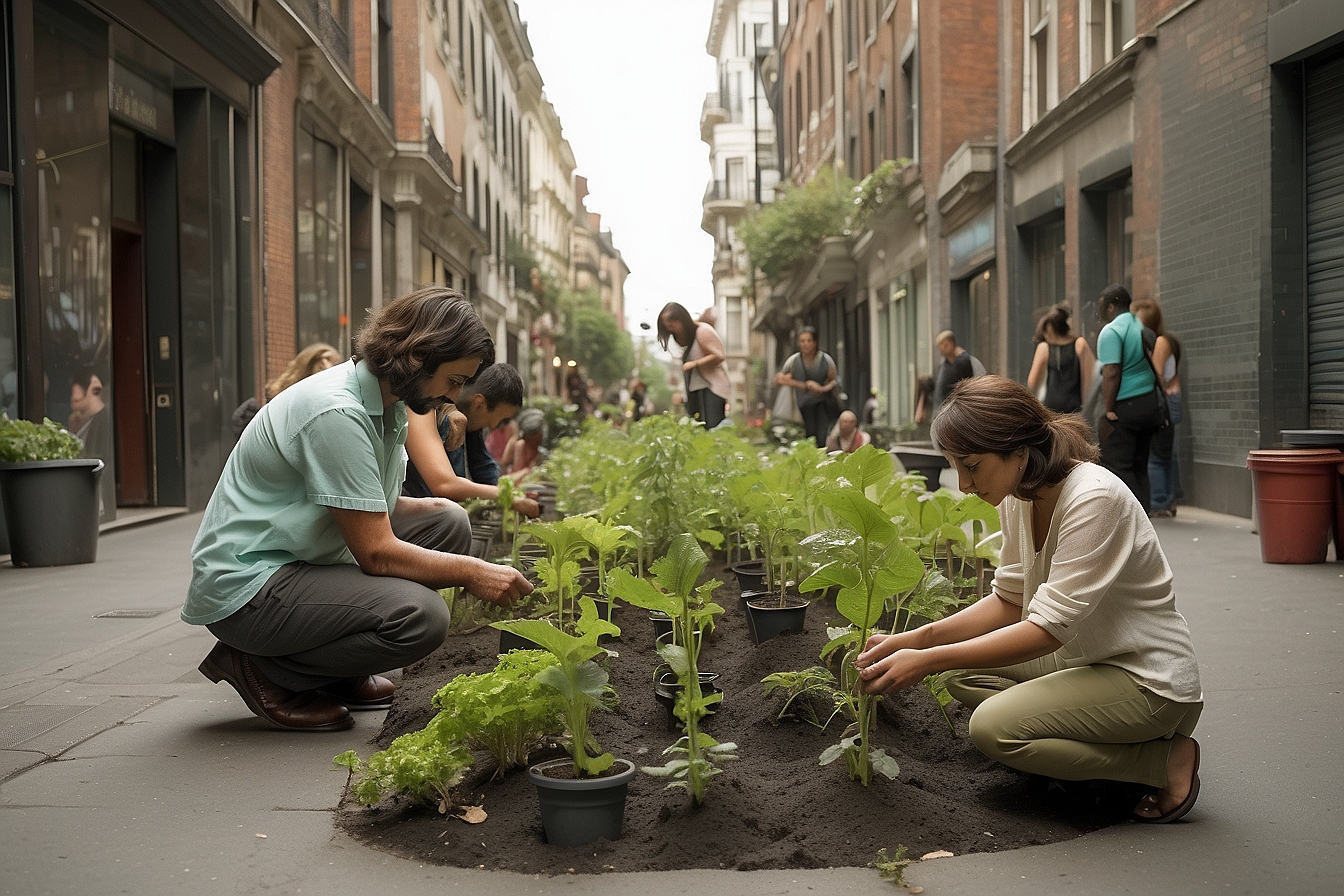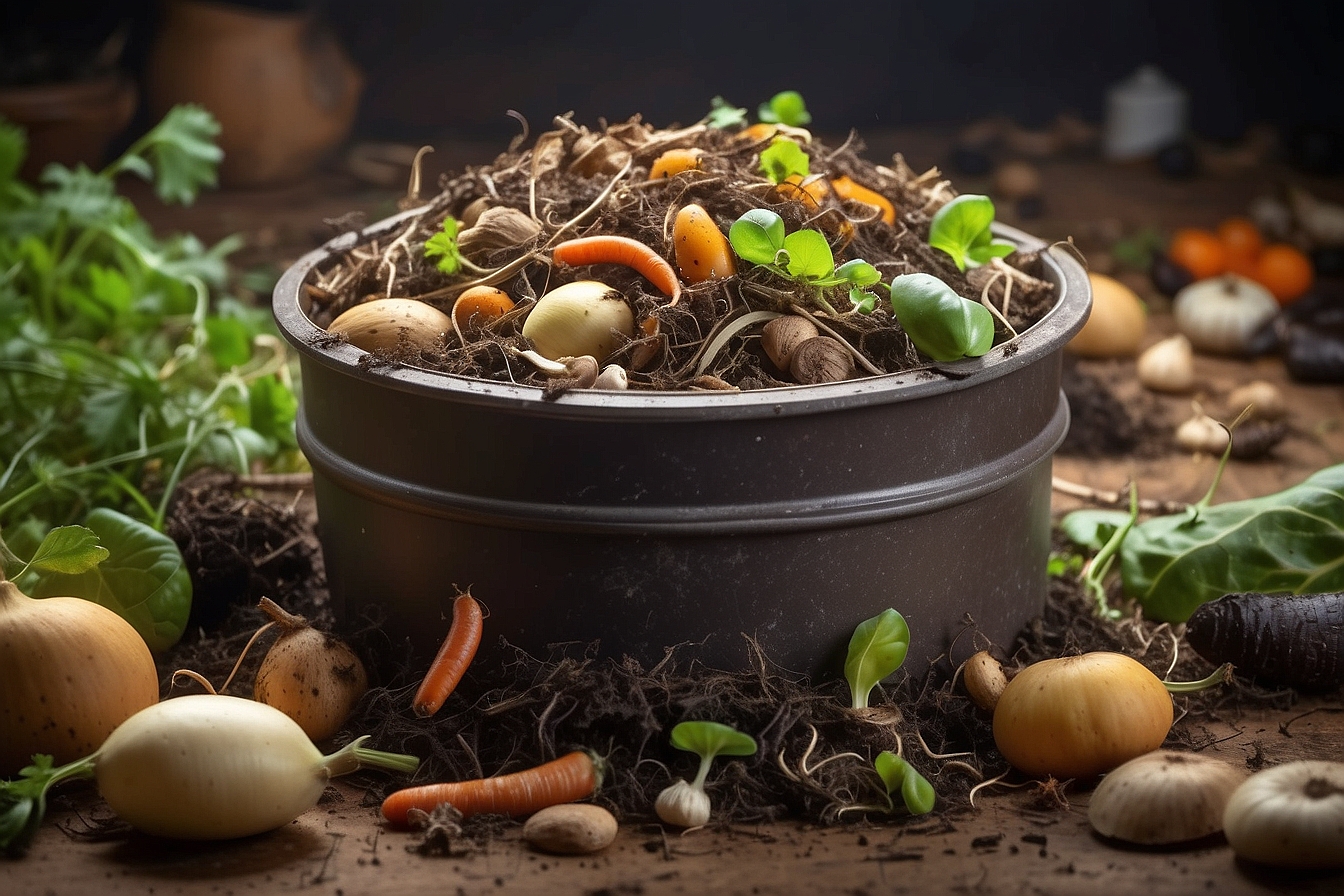As the summer approaches, we begin to look forward to the mouth watering taste of local fresh fruits and vegetables. Even if you do not have a farm or garden of your own, there are many ways to access locally grown fresh produce. For example, you can become a member of a Community Supported Agriculture (CSA). In the United States, this concept arose in the 1980’s with input from similar movements in other countries. The CSA movement seeks to link the farmer and the consumer in a bond of mutual trust and support. A CSA usually requires its members to buy a “share” of produce at the beginning of the season. Then each week of the growing season, the farmer harvests and packs a box or bag of produce for each member. These shares usually range from $300-$700 for approximately a 20 week period, although prices vary widely and depend on the type of farm operation and products included. Some farms offer eggs, dairy, flowers, or fruit in addition to vegetables. Each week the member picks up the box of produce from the farm or a designated drop-off location, takes it home, and prepares delicious home-made meals! It’s like having a personal shopper for vegetables; the farmer not only knows what is in season, what vegetables taste best together, and how to keep quality high, but also coaxes the food from the ground him or herself. In most CSAs, the member cannot choose what produce he or she will receive each week. This can make cooking a challenge, however, it can also provide people with an opportunity to explore new recipes and vegetables they may not have otherwise thought of.

By securing a market, CSA provides farmers the opportunity to plant a diversity of crops, which ensures that if one crop fails the farmer still has many other products to sell. In addition, small, diversified farms practicing crop rotation are often considered more sustainable and kinder to the land. Most CSAs seek to break the direct connection between price and product delivered, in order to support both farmer and consumer. CSA consumers usually pay for a weekly box of vegetables of varying quantity and type, rather than buying each item at a set price a la carte. By signing up for an entire season at a time, the consumer shares some of the risk with the farmer, enjoying the bounty and accepting the loss. Without CSAs, farmers often suffer greatly from the effects of drought, floods, crop failure, and variations of the market. Consumers face variations in price, as well as the insecurity of not knowing how their food was grown. CSAs helps shelter both farmers and consumers from the impersonality of the market place. When farmers and consumers are personally acquainted and possibly even friends, they know when the other needs help and can offer a hand. If the farmer faces difficulties due to weather or personal disaster, the shareholders can rally to help get the work done and to support their farmer and friend. Conversely if a shareholder begins to face financial hardship, the farmer may be able to set up a payment plan or option to work for a share, since he or she has a personal trusting relationship with the consumer. The shareholders may also form a support network for one another.
CSA operations create not only niche markets, but also a community of mutual support. While the consumer may encounter seasons ranging from fantastic to mediocre, it is often the case that some vegetables will thrive and offer considerable bounty while other crops may fail. Consumers may miss out on some favorite vegetables, but can still chow down on others. The result is that farmers do not suffer from changes in the wholesale value of their products. Some CSAs facing a harsh season will offer a rebate, or supplement their shares with produce purchased from a neighbor. A few CSA operations break the price-product connection more thoroughly, asking members to pledge what they can and consume what they need, or by operating on a “sliding scale”. However, these arrangements only work with consumers committed to this system. Sliding scales and pledge systems operating on the honor system, require that participants understand how much they should justly commit to pay. Every CSA operates on a slightly different model, so consumers should research and understand a CSA’s policy on pricing and risk sharing before buying into the system.
Consumer involvement in CSA operations varies greatly between individual farms. At one end are farms run by a shareholder board or “core group” that assists with logistics, and in some cases even formulates the budget, owns the land, and hires the farmers. About a quarter of CSAs utilize a “core group” to some degree, although in many cases the “core group” has only an advisory role. At the other extreme, are the CSAs that do not expect, and in some cases do not want, shareholder involvement. CSAs toward this end of the range are sometimes referred to as “subscription” CSAs. Most CSAs lie somewhere in the middle, hosting potlucks or farm festivals, giving tours, offering (or in some cases requiring) volunteer work on the farm, welcoming feedback, and forming community. There is no one “right” way to create a successful CSA operation. Consumers and farmers both need to find what works best for them to create a successful and supportive relationship.
If you are interested in signing up for a CSA share, check out the GreeniacsGuide on Joining a CSA which includes more specific information about signing up for a share. As spring draws to a close, farms are quickly filling up their shareholder slots, so act quickly. Two websites which list CSAs by zip code are localharvest.org and wilson.edu. In addition, many organizations, states, cities, and regions have their own list of local CSAs.





